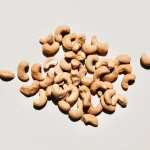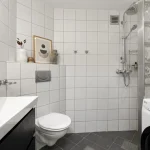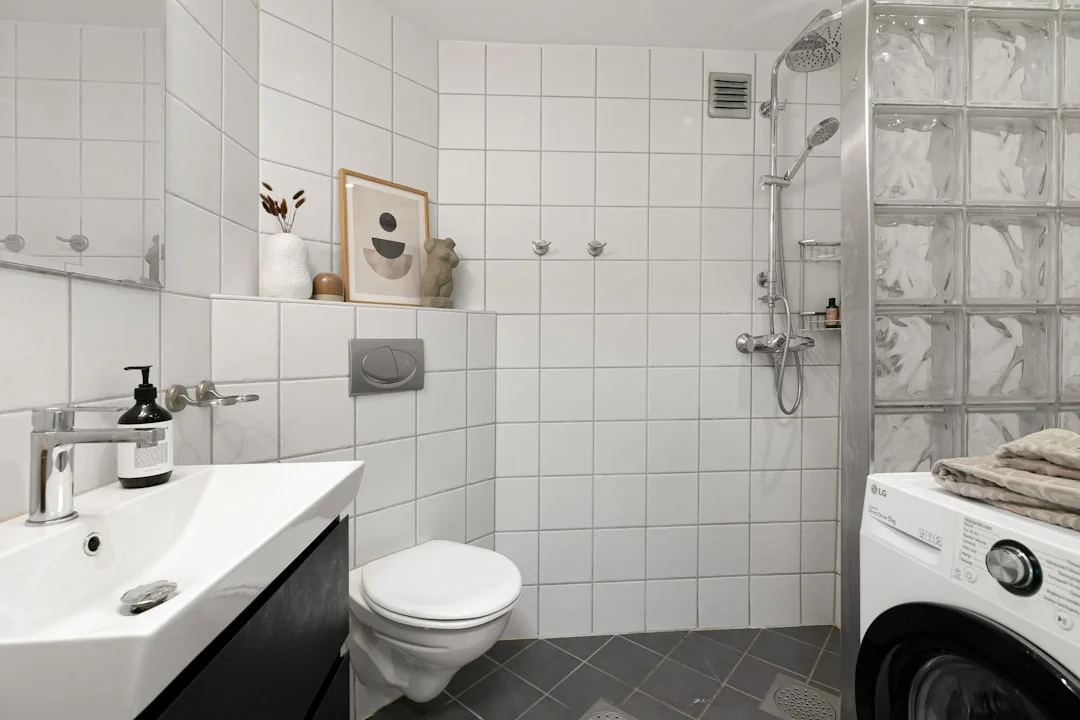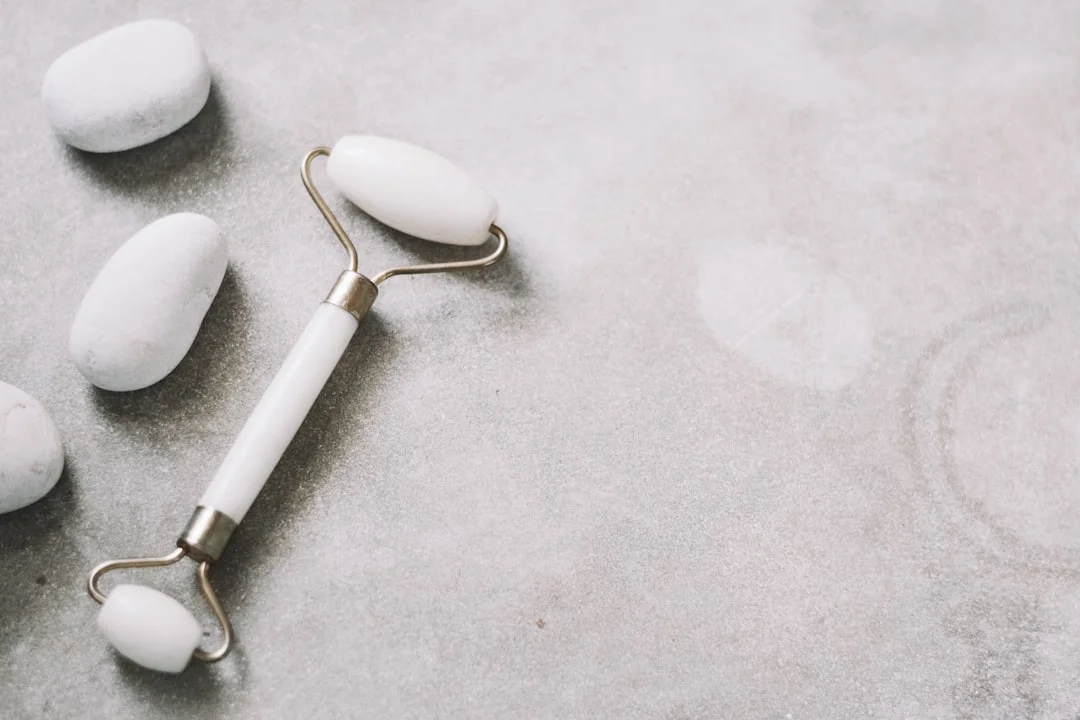Estimated Reading Time: 7 minutes
DDd you know that the air inside your home can be up to five times more polluted than the air outside? That’s a sobering thought, isn’t it?
As we increasingly understand the impact of toxins on our health, many of us are looking for ways to create a healthier living environment.
The good news? It’s entirely possible to create a toxin-free home, and it doesn’t require a complete overhaul of your lifestyle.
It’s about making conscious choices, one step at a time.
This guide will walk you through how to create a toxin-free home, offering practical advice and actionable tips for a healthier 2025.
It’s tempting to feel overwhelmed, but remember, the goal isn’t perfection; it’s progress.
Let’s delve into creating a sanctuary where you and your family can thrive.
Before we can tackle creating a toxin-free home, it’s essential to understand where these unwelcome guests reside.
Many everyday items, from cleaning products to furniture, can release volatile organic compounds (VOCs) and other harmful chemicals into the air.
These chemicals can contribute to a variety of health problems, from headaches and allergies to more serious conditions. It’s truly eye-opening! Here are some of the most common offenders:
Recognizing these sources is the first step towards a healthier home environment.
Now, let’s explore the practical steps of how to create a toxin-free home.
One of the easiest places to start when you’re learning how to create a toxin-free home is your cleaning supplies.
The sheer variety of cleaning products available in most stores is often overwhelming and often unnecessarily toxic. But fear not!
There are simple, effective alternatives.
Consider this: before I discovered the power of natural cleaning, I was regularly using bleach to clean my bathroom.
The smell was overpowering, and I often felt a headache coming on.
Switching to a simple solution of vinegar and water, with a few drops of essential oils, made a world of difference.
No more headaches, no more harsh chemicals, and my bathroom is still sparkling clean!
Here’s how to create a toxin-free cleaning routine:
By making these simple changes, you can significantly reduce your exposure to harmful chemicals and create a cleaner, healthier living space.
Beyond cleaning, the products we use every day can impact indoor air quality.
From furniture to personal care items, many products contain chemicals that can harm your health.
So, how can you navigate this landscape and create a genuinely toxin-free home?
Let’s talk about furniture. Many sofas and mattresses contain flame retardants, which can release toxins into the air.
Similarly, the VOCs emitted by new furniture can be potent.
While you might not replace your sofa tomorrow, consider this when it’s time for a new one.
I switched to a natural latex mattress, and the difference in air quality was immediately noticeable. No more morning stuffiness! Here are some key considerations:
By making informed choices about the products you bring into your home, you can significantly reduce your exposure to toxins and create a healthier environment.
Achieving a truly toxin-free home also means focusing on indoor air quality.
The air we breathe inside our homes can be far more polluted than the air outside, especially in modern, sealed-up buildings.
This is because pollutants from various sources accumulate indoors, leading to potential health risks.
Consider this: opening your windows for just 15 minutes a day can dramatically improve air quality.
![Create toxin in Creating a Toxin-Free Home: Your Practical Guide [2025] create toxin for creating a toxin-free home: your practical guide [2025]](https://www.trendynutritionhub.com/wp-content/uploads/2025/11/temp_create_toxin_1763340906.webp)
I always make sure to open windows, even in winter, because the benefits are so significant.
Here are some simple steps you can take to improve your home’s air quality:
By prioritizing indoor air quality, you create a healthier and more comfortable living space.
Transitioning to a toxin-free home isn’t just about big changes; it’s about the small, everyday habits that collectively make a significant difference.
These are simple tweaks that integrate seamlessly into daily life.
For example, opting for reusable food storage containers instead of plastic ones is a simple switch.
Using reusable water bottles and avoiding plastic wraps for food storage further reduces exposure.
It’s about being conscious in your choices and minimizing exposure to harmful chemicals. Here are some toxin-free habits to adopt:
By incorporating these simple habits, you’ll be well on your way to creating a healthier home.
Embarking on the journey to create a toxin-free home is an ongoing process, not a destination.
It’s about making mindful choices and embracing healthier alternatives, one step at a time.
This is not just about avoiding harmful chemicals; it’s about creating a living space that supports your well-being.
Remember, every small change you make contributes to a healthier you and a healthier home.
It’s about creating a space where you can breathe easy, relax, and thrive. What steps will you take today to create your toxin-free home?
Start small, be patient, and celebrate your progress along the way. You are not alone in this journey. We are all striving for a healthier life!
Now, it’s your turn. Share your tips and experiences in the comments below. What are your favorite methods of how to create a toxin-free home?
Let’s build a community of healthy homes together!
P.S. Want more weekly health tips delivered straight to your inbox?
Join our newsletter for weekly health tips!
{
“@context”: “https://schema.org”,
“@type”: “Article”,
“headline”: “Article Title”,
“description”: “Article description”,
“image”: “Featured image URL”,
“author”: {
“@type”: “Person”,
“name”: “Author Name”
},
“publisher”: {
“@type”: “Organization”,
“name”: “Site Name”,
“logo”: {
“@type”: “ImageObject”,
“url”: “Logo URL”
}
},
“datePublished”: “Publication Date”,
“dateModified”: “Last Modified Date”
}
Frequently Asked Questions
What are the most common hidden sources of toxins in a home?
Hidden sources of toxins are far more prevalent than most people realize. Aside from obvious sources like cleaning products and pesticides, building materials (like certain paints and carpets), furniture (often containing flame retardants), and even personal care products contribute significantly.
Even seemingly innocuous items like air fresheners, which contain synthetic fragrances, can release harmful VOCs. This makes understanding and identifying these less obvious sources crucial in creating a toxin-free environment.
How effective are air purifiers in creating a toxin-free home?
Air purifiers can be highly effective in reducing indoor air pollution when used correctly. The effectiveness hinges on the type of filter used. HEPA filters are excellent for capturing particulate matter like dust and pollen, while activated carbon filters are crucial for removing VOCs and odors.
To maximize effectiveness, ensure the purifier is sized appropriately for the room, that filters are replaced regularly, and that you clean your home to reduce dust buildup. Proper use combined with other measures, like ventilation, makes air purifiers a powerful tool in achieving a cleaner, healthier home.
Are’natural’cleaning products truly toxin-free, and what should I watch out for?
While many’natural’cleaning products are significantly safer than conventional ones, it’s essential to be a discerning consumer. Terms like “natural” and “eco-friendly” can be misleading. Always scrutinize the ingredient list.
Look for products free of harsh chemicals like ammonia, chlorine bleach, and artificial fragrances. Even naturally-derived ingredients can cause allergic reactions in sensitive individuals, so testing products in a small, inconspicuous area first is always a good idea.
Choosing products with clear ingredient transparency is key to ensuring you’re choosing truly toxin-free products.
Can I really create a toxin-free home on a budget? What are the most cost-effective strategies?
Absolutely! Creating a toxin-free home doesn’t require a large investment. Some of the most cost-effective strategies include making your own cleaning products using simple ingredients like white vinegar, baking soda, and lemon juice.
Opting for DIY air fresheners using essential oils and natural materials is another budget-friendly approach. Prioritizing proper ventilation (opening windows regularly) and using reusable containers for food storage are also free or low-cost ways to reduce toxins.
Shopping secondhand for furniture and opting for low-VOC paints when renovating can also save money. It’s all about making informed choices.
How often should I open my windows to improve indoor air quality, and what’s the best time?
Aim to open your windows for at least 15 minutes each day to improve indoor air quality. It’s best to do this when the outdoor air quality is good, avoiding peak pollution times, which are often during rush hour. In areas with high pollen counts, try opening windows after heavy rains.
Even in colder weather, a brief period of ventilation can make a noticeable difference. The goal is to create a regular habit of airing out your home for a few minutes daily.
What are some common misconceptions about creating a toxin-free home?
One common misconception is that achieving a completely toxin-free home is an impossible feat. The reality is that striving for a’near-zero’level of toxicity is more realistic and beneficial. Another is that you must replace everything at once. Small, gradual changes are more sustainable and manageable.
Finally, many believe that natural always equals safe. While natural products are often preferable, they are not always the best option. Always consider ingredients and choose items that suit your unique needs and allergies. The process involves creating awareness about the products you use and making informed choices.
document.addEventListener(‘DOMContentLoaded’, function() {
// 调整社交分享按钮位置
var sharingContainer = document.querySelector(‘.sharedaddy.sd-sharing-enabled’);
var recommendedReading = document.querySelector(‘h2:contains(“Recommended Reading”)’);
if(sharingContainer && recommendedReading) {
// 移动社交分享按钮到推荐阅读上方
var parent = recommendedReading.parentNode;
parent.insertBefore(sharingContainer, recommendedReading);
}
});


![Unlock Vibrant Health: Daily Habits for a Natural Lifestyle [2025] unlock for unlock vibrant health: daily habits for a natural lifestyle [2025]](https://www.trendynutritionhub.com/wp-content/uploads/2025/11/temp_unlock_1763341417-150x150.webp)



![Clean Beauty Brands for Sensitive Skin: Your Ultimate Guide [2025] non toxic beauty for clean beauty brands for sensitive skin: your ultimate guide [2025]](https://www.trendynutritionhub.com/wp-content/uploads/2025/11/temp_non_toxic_beauty_1763340997-150x150.webp)



